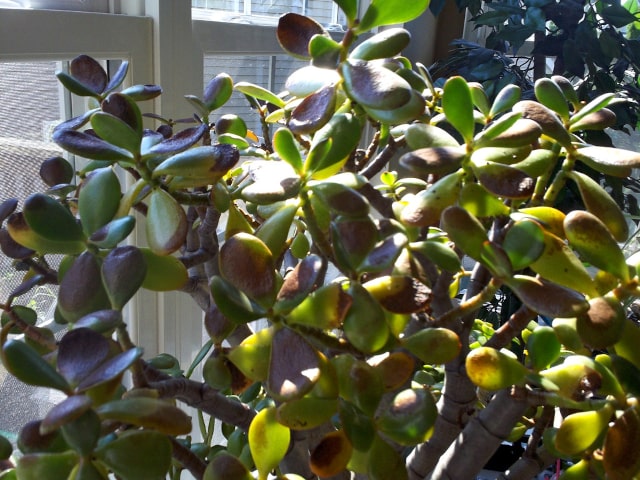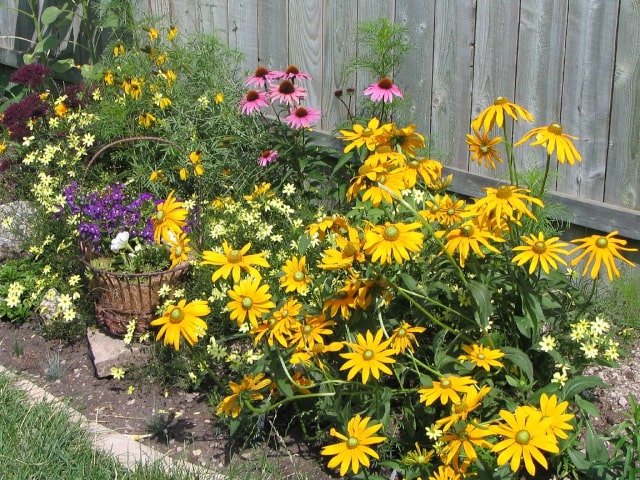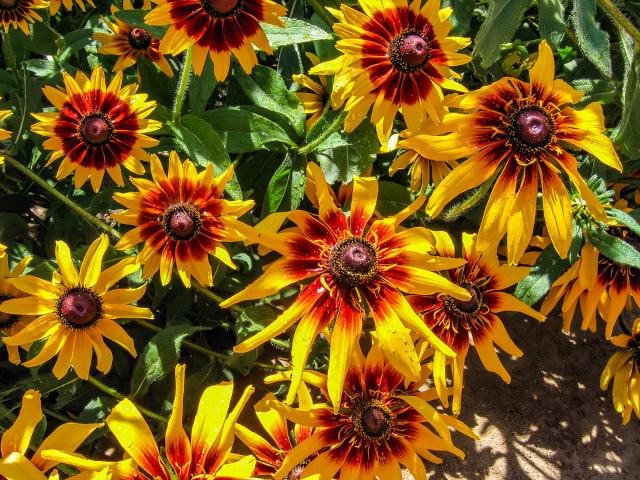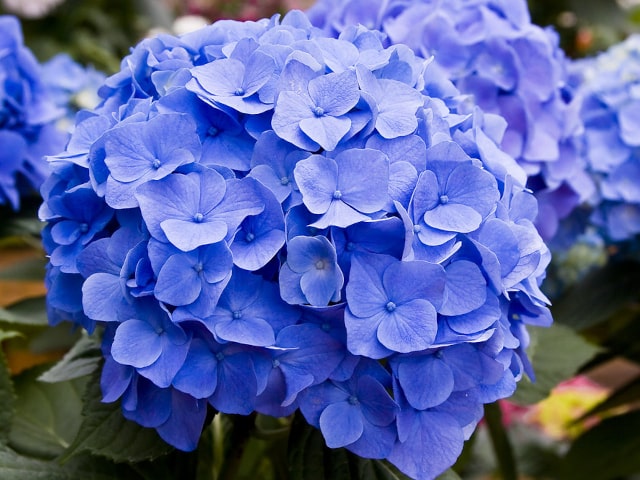
Summer heat and strong sun can make your plants sunburned. This is something you should keep in mind. It's important to keep your plants protected or else they will be damaged by the sun.
Remember: even plants that can generally do well in hot weather can suffer from sunburn. It usually happens when temperature hits 90 degrees F or more. Even plants who enjoy a lot of hotness and sun, such as tomatoes and peppers, can stop producing. They can also get damaged by sunburn.
Dangers of High Heat
Sunburn and high temperatures are dangerous because they will harm your plants. Plants that are harmed can stop producing or lower their production. It means that your harvest will not be as great as you hoped for.
Sunburn make plants look bad. Vegetables growing on the vines can become warped, which makes them unpleasant to look at. However, even such plants are edible. The problem is that they will lower their production or stop producing altogether.
You will recognize sunburns as light spots forming on the upper leaves of your plants, particularly those that are the most exposed to sunlight.
It's important to know that this problem can happen to all plants, even those that are known as "heat loving" or "sun loving", such as tomatoes, peppers and some other vegetables.
In order to prevent sunburn and decrease in production, there are some things you should do. These easy tips will keep your plants happy even in strong sun. Keep in mind that even if you follow all these tips your plants may get sunburnt or stop producing. It's difficult to completely prevent or eliminate this problem. However, you can do a lot to minimize the problem.
Here are some tips on how to prevent sunburn on your plants:
Know where to Plant
It's important to plant your vegetables and other plants in the right area of your garden. The right place will depend on the type of the plant you wish to grow. There are shade-loving plants, there are those that enjoy partial sun and then there are sun-loving plants.
However, keep in mind that even if a particular vegetable or another plant has to be grown in full sun, you still need to provide some protection to it. It's always a good idea to plant these plants in an area that gets at least some shade. This shade will become important during all those hot days with bright sun.
The shade will protect your plants during the hottest part of the day. This precaution may not seem necessary during the spring and fall, but your plants will sure appreciate it in the summer.
It is always the best to make your garden in the part of the yard that has an eastern or northern exposure. This way, your plants will always get at least some shade. These sections of the yard are also the least likely to be exposed to strong sun, which means less chances for your plants to get sunburned.
Water Regularly
It's also important to water your plants thoroughly and consistently. Keep in mind that many sun-loving plants, such as tomatoes, also require a lot of water. Water is the key component to healthy plants, especially during the hottest parts of the day.
You should also make sure to water your plants in the best part of the day. Don't water in the mid to late afternoon. This is when the temperatures are the highest and when the sunlight is the strongest. The water will evaporate quickly and it will never reach the roots of your plants.
Another problem with watering during the hottest part of the day is that if you get some water on the leaves, it will add to the reflection of the sun and add to the hotness. It will make the situation worse for the plant in question and all the surrounding plants.
To water your garden properly, make sure to do it early in the morning or late evening. This is when temperatures are lower. Also, when watering, make sure not to drown your plants but keep the soil as moist as possible to beat up the heat. You will know that you have watered properly if there are standing puddles underneath the plants an hour after watering, but not so much that they stay for days.
Use Mulching
It's always good to use a layer of organic mulch around the base of the plants. This will add insulation to the soil and help the plants retain moisture. The mulch will also counteract the effect of the strong sunlight by soaking it up before the heat gets to the ground below.
Keep in mind that the layer of mulch doesn't need to be thick. Two to three inches is enough to protect your plants. You can use even less in the fall when you want to insulate the ground and protect your plants against winter colds.
Cover Your Plants
If everything else, fails, you may try to cover your plants to protect them against sunburn. In case you have chosen a good spot in the garden for your plants, if you water properly and use mulching and your plants still get sunburnt, it's time to cover them.
It's best to cover the plants with sheets of burlap or organic cotton. Stay away from plastic materials because they don't allow for good air circulation. Using organic materials as covers will protect your plants during the hottest part of the day while still allowing for good air circulation.
If you choose to use covers for your plants, make sure to remove them during night or whenever the weather cools down a bit.
Photo credit: 1sock




4 Comments
My flowers are not well, looks like they are dying. Is it from lack of sun cuz they are on my roofed porch or is it from just being 95+ outside?
I have planted zinnia a supposed sun lover flower. However the direct sun hits them and the wilt and die. I even spent hundreds of dollars on patio umbrellas. This is too much should I just pull them and plant a more sun resistant plant. I am tired.
Oil in homemade spray burnt my plants. What can I do to save them?
It's very important to us in this summer.